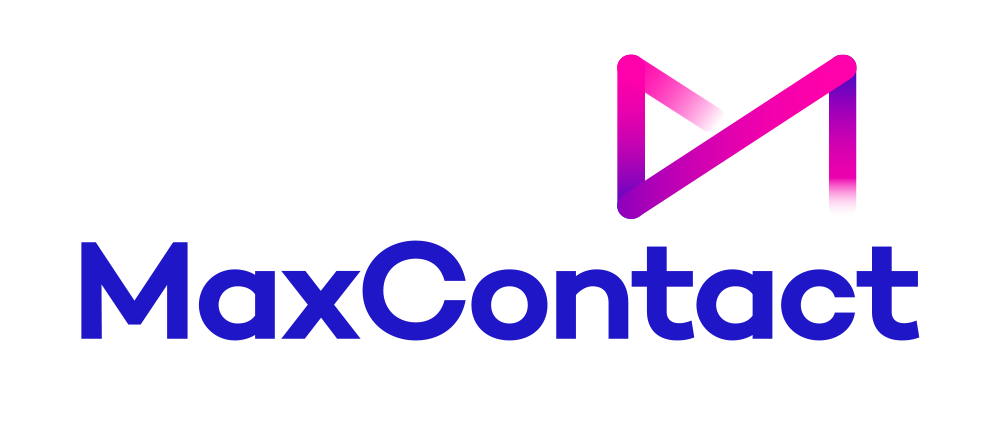How Does Average Speed of Answer and Service Level Impact Your Business?
As a call centre, you will use a range of metrics to evaluate performance, efficiency, and customer satisfaction - Average Speed of Answer and Service Level being just two.
Both of these metrics can be used to assess the quality of service currently offered by your call centre operatives, as they each measure overall performance in individual ways. However, being aware of the differences between the two provides the optimal chance for success.
To ensure your team can offer the best service to current and future customers, we will explore how the average speed of answer and service level differ, as well as ways you can improve each.
What Is Average Speed of Answer/ ASA?
Average Speed of Answer (ASA) is the average amount of time a caller has to wait before their call is connected to the next available agent.
For example, you phone a customer service line and are greeted by an automated message letting you know you have reached the desired company. You are then kept on hold for one minute before a call centre operative answers your call - one minute is your ASA time.
What is Service Level?
Service Level (SL) is a metric used to measure the number of calls answered within the desired time frame by call centre operators.
You can use SL to monitor efficiency across the call handlers within the contact centre, as well as ensure all compliance measures are met, making adjustments where necessary for any that are not on target.
The Difference Between Average Speed of Answer and Service Level
While average speed of answer and service level data both offer beneficial insights into how a call centre is operating, they are different measurements, used for separate purposes.
Focusing only on ASA may mean additional staff need to be hired to hit the target, increasing spend, while strongly prioritising SL can lead to burnout for your existing team. Striking and maintaining a balance between these metrics creates the best chance of success for each.
Once you know the difference between average speed of answer and service level, you can begin to target them accordingly and appropriately within your strategy and planning methods.
|
Average Speed of Answer VS Service Level |
|
|
Average Speed of Answer |
Service Level |
|
Call operator efficiency metric |
Customer experience metric |
|
Measures the time it takes for a customer call to be answered |
Measures the percentage of customer calls answered within the target timeframe |
|
A performance metric |
A commitment you make as a company |
|
Measures the standard set by the company |
Assesses if performance aligns with set SLA standards |
When used together, average speed of answer and service level metrics provide a comprehensive overview of the quality and efficiency of your team's customer service. The faster calls are answered, the more likely they are to be picked up within the target timeframe.
How to Improve Average Speed of Answer
1. Train Your Call Centre Operatives
Providing training for your current call centre operatives ensures they are always able to offer the best customer service to callers.
Training is not just a one-time deal. You need to ensure you offer training and up-skilling for your workforce on a continuous basis. As industry standards, business targets, and peak seasons change, training your team helps them keep on top of best practices.
2. Invest in Callback Functionality
Investing in callback features helps to reduce the pressure on your workforce from high-volume periods.
Callback works by providing a chance for potential customers to request a callback from your website. As such, limiting the number of people calling and reducing employee stress, as well as lowering the number of times customers are placed on hold, can improve customer satisfaction.
3. Plan for Peak Periods
Planning for peak periods means your team can offer just as high-quality a service during busy hours as they do when it is quieter.
If you know when your typical peak periods are, you can assign more call handlers to be on shift to take care of the large influx of incoming calls. More operatives lead to reduced queue lengths, speedier customer handling, and lower average speed of answer.
How to Improve Service Level
1. Offer Support to Your Team
One of the best ways to improve service level is to provide support and encouragement to motivate and boost morale within your workforce.
Offering recognition of excellent work through bonuses, shout-outs, and group celebrations incentivises and motivates the team to continue to work well. You can also be forthcoming with feedback when you notice one or all members of a team hitting targets.
2. Implement Interactive Voice Response Systems
Implementing Interactive Voice Response (IVR) systems ensures callers go to the right person the first time around.
Instead of sitting on hold awaiting the right call centre handler to answer, IVR guides the caller to the best person through a series of questions. With systems like IVR, resolutions are able to be reached faster as the call centre operator knows what to expect when they pick up the call.
3. Be Proactive with Changes
You can use call centre software to keep track of your service level score, setting up alerts should it fall below expectations.
Once you know in real-time when the resource available is not meeting quota, you can adjust your offering on the spot. Proactively increasing email, social media, and online messaging functions reduces pressure on call centre operators while still assisting customers who need it.
Improve Customer Experience With MaxContact
Both average speed of answer and service level keep your workforce motivated, all while offering the best customer service experience to callers.
We offer self-service IVR automation software, workforce management assistance, and reporting software to help you keep on top of these metrics - boosting morale, increasing customer satisfaction.
Get in touch with us at MaxContact to see how we can help you monitor and improve the average speed of answer and service level.
.png)
From the blog







